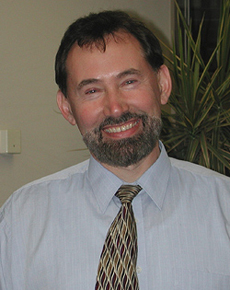Scientists look at role New Zealand will play in international space project

Astronomers from New Zealand and abroad are meeting at AUT University this week to hear about the contribution New Zealand can make to the upcoming international space exploration project, the Square Kilometre Array.
The $4 billion Square Kilometre Array (SKA) project will build the next generation radio telescope
designed to probe the universe and tackle topics such as the existence of extra terrestrial life
and the origins of the universe.
The 2010 SKANZ conference hosted by AUT University from February 16 to 18 reflects on the signing last year of a cooperative agreement by the New Zealand and Australian governments to work together towards hosting the SKA project down under and celebrates the first light of the AUT University radio telescope (Warkworth) - New Zealand’s first.
Currently New Zealand and Australia are bidding against a South African led consortium to host the SKA which will involve building arrays of radio telescopes across the successful country or countries. The winner will be chosen in 2012 by an independent scientific community panel called the International SKA Science and Engineering Committee.
SKANZ acting chair and director of AUT University’s Institute of Radioastronomy and Space Research Professor Sergei Gulyaev will speak at the conference about New Zealand’s role in the Australian Pathfinder and reinforce New Zealand’s bid to be part of SKA.
Professor Gulyaev says the AUT radio telescope could become part of the Australian SKA Pathfinder telescope (ASKAP) being built in Western Australia.
Other speakers at the 2010 SKANZ conference include the Director of Australian SKA Dr Brian Boyle, one of the astronomers who downgraded Pluto as a planet Dr Ron Ekers from Australia, Dr Peter Napier from the National Radio Astronomy in New Mexico and Dr Harald Shuh, President of International VLBI Service which is responsible for the international celestial reference frame that governs space craft navigation.